Support staff and their roles in cricket teams
Starting from physiotherapists and nutritionists to video analysts and media managers, any cricket team can be found teeming with members having various roles.
2 Min Read


Cricket has eternally been known to be a team game. Notwithstanding the magnitude of a game, effort must come in from all quarters of the team to be able to touch victory. But a cricket team is not just about the batsmen, fielders and bowlers moreover the XI who take the field. There are scores of unsung heroes within every team who ensure that their off-field duties enable the layers to remain right on their A-game on the field – the support staff.
Now, when the topic of cricketing support staff is broached, the image of coaches strikes us first up. However, they constitute only the tip of the iceberg. Starting from physiotherapists and nutritionists to video analysts and media managers, any cricket team can be found teeming with members having various roles. In March 2017, the Indian team made headlines for flying a 17-member support staff team to West Indies, bringing to light how important a role they play within the team.
Let us take a look at the various support staff members present in a Cricket team:
Coach (Batting/ Bowling/ Fielding)
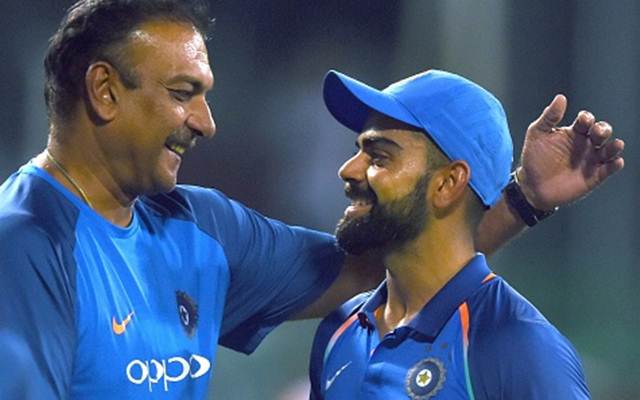
First things first. Since time immemorial, cricketers have been aided in their endeavours by the invaluable insights provided by the team coach. While earlier years of the game saw a single head coach oversee the team’s actions, the horizons have been widened considerably in recent times. Major teams are often equipped with separate batting, bowling and fielding coaches. This not only helps relocate the vast pressure off the shoulders of a single man but also brings in fresh perspectives and expertise from people who are well-trained in their particular fields.
The batting coach, as the name suggests, is concerned with supervising the team’s batting strengths and weaknesses and advising the captain on the possible batting combinations for a match. Similarly, the bowling coach shepherds the bowlers, training and examining the skills of the pacers and spinners. On the other hand, the fielding coach is entrusted with the responsibility of conducting fielding drills and refining the players’ basic skill set of catching and saving the one’s and two’s. In addition to these positions, several teams often choose to anoint a Head Coach and an Assistant Head Coach to shoulder the workload in the areas of man-management within the team.
Physiotherapist
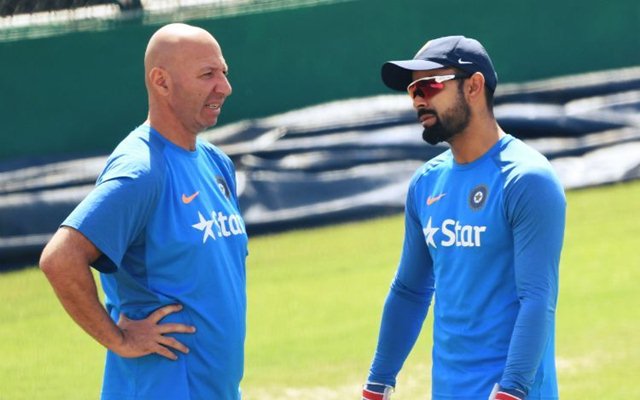
Given the gruelling action cricketers go through on the field day in and day out, physiotherapists are a vital cog in any major cricketing team. Be it a pulled hamstring during the bowling run-up or a wrist injury suffered during a dive, physios are indispensable as they run onto the field with their kits in order to provide relief to the players in pain.
Not only do they help cricketers recover from injuries sustained, they also educate players in taking necessary precautions in order to prevent serious injuries. Apart from physios, strength and conditioning experts have also paved their way to the picture of international cricket with their focus centred at imparting professional advice to players regarding physical and endurance training, facilitating the latter’s quest towards better fitness and maximum output against strong oppositions.
Masseur
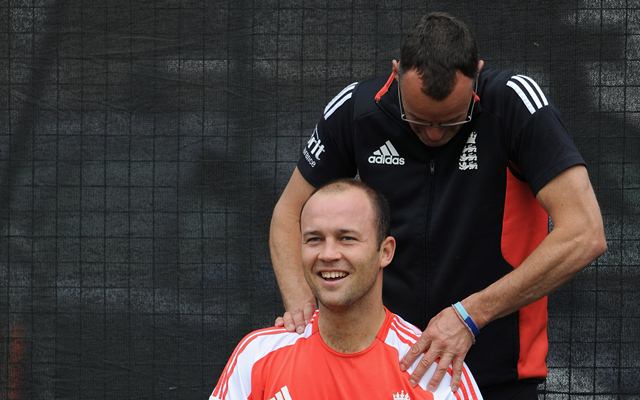
Masseurs have been a new addition to cricket teams as the constant, fast-paced action on the field has led to stressed muscles for batsmen and bowlers alike. This is where the masseurs come into play. Currently, the India team is flanked by Arun Kanade as the professional masseur. Several teams have also opted for yoga instructors of late, in order to obtain an alternative method of countering the effects of the charged-up atmosphere they have to play in constantly.
Nutritionist
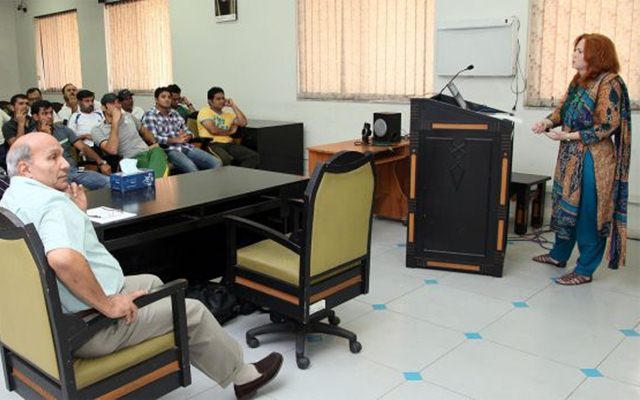
Like any other athlete, almost every cricketer in the world concentrates on their fitness and subsequent agility on the turf. To be able to be as fit as a fiddle and be on top of their game, players often seek the assistance of professional nutritionists and hence they form an integral part of the support staff. The nutritionists are responsible for preparing balanced diet charts according to each player’s body requirements, along with monitoring the health effects of the same on them.
Video Analyst
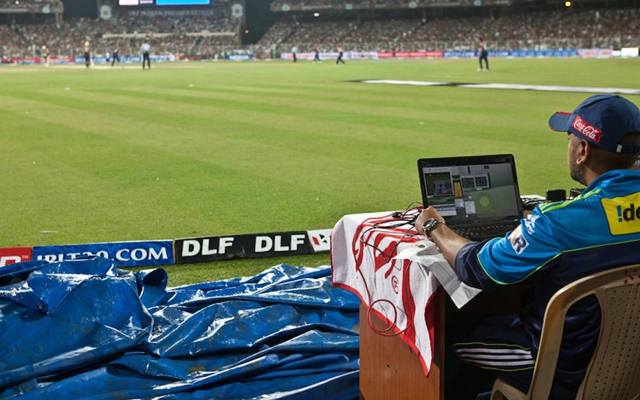
Images of eyes glued to laptop screens in the dressing rooms have often surfaced during the proceedings of a match. With the onset of shorter formats that require close monitoring at every moment, the role of a video analyst is crucial within teams, be it in T20 leagues or international matches.
A few key aspects of their job description include delving into core programming and figure-churning, constructing predictive models of players and matches and preparing presentations about relevant information to help the players in future games. One of the names in the field that has garnered attention recently is that of Prasanna Agoram from Chennai, India who works as the Performance Video Analyst for the world-class South Africa side.
Media manager
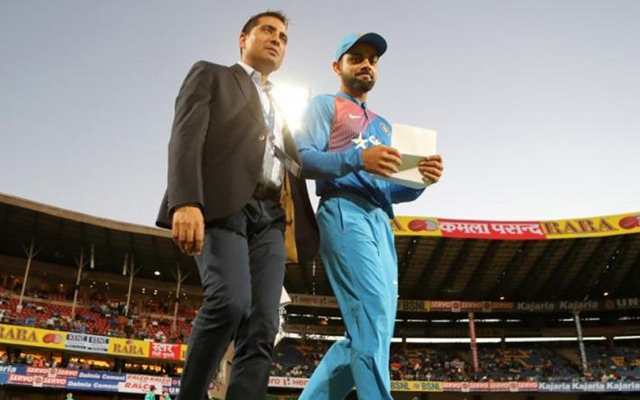
Essentially, a media manager has to pay attention to managing the internal as well as external communications of a cricket team with the media. The said official is responsible for activities such as preparing informative articles, press kits, press releases and other content initiatives. He or she is also expected to establish, enhance and manage working relationships with media representatives.
More often than not, media managers are also required to oversee the official content regulation on social media platforms like Facebook, Twitter, Instagram and so on, in order to garner widespread social reach. Being able to discern the right quantity of news to be released to the press during press meets or otherwise is probably the most pressing duty of this position.
Public Relations
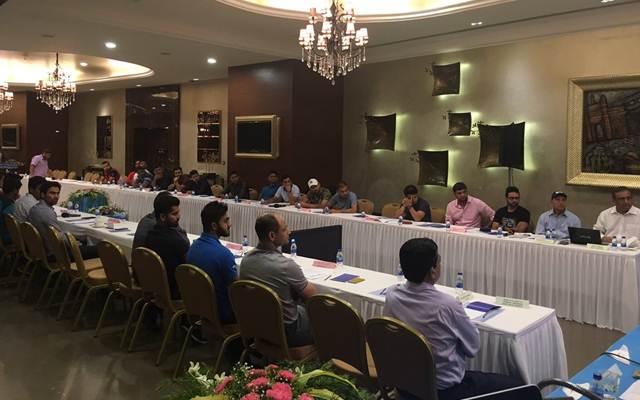
Public relations or PR management can be considered as an offshoot of a Media Manager’s job description. PR is all about managing the client’s reputation and it is not different when it comes to cricket. The practitioners of this field involved with a cricketing team are expected to handle the flow of enquiries from the media, monitor the day-to-day events within the unit, find the positive messages and translate those messages into positive media stories.
Like a Media Manager, PR Managers are also entrusted with the responsibility of handling social platforms of the team, organising and ensuring smooth conduct of press events and so on.
Download Our App